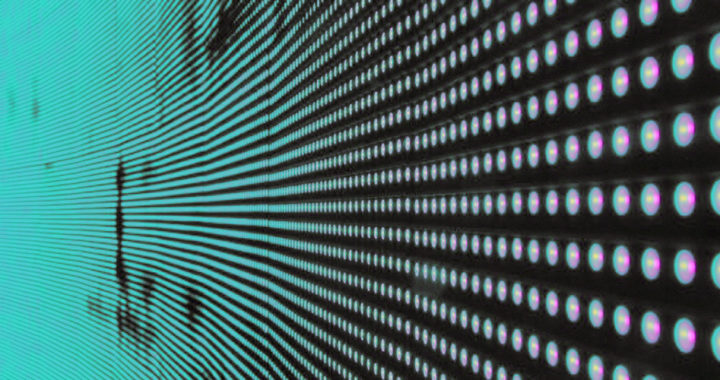Both mini-LED and microLED are next-generation technologies that rival conventional LED-backlit IPS LCD and OLED display technologies. However, despite similar-sounding names, these two are fundamentally and conceptually different.
Mini-LED versus MicroLED: Understanding the Difference
A mini-LED is a specific backlighting scheme used in panels based on LED-backlit LCD technology that employs thousands of small-sized light-emitting diodes about the size of 0.9 to 0.1 millimeters to illuminate LCD panels. It is essentially is an upgrade to the conventional LED-backlit technology.
Take note that a liquid crystal display or LCD is a transmissive display technology. A particular liquid crystal only produces color. It needs to be illuminated by backlighting for the colors and images to become visible.
On the other hand, a microLED is an actual display technology. It is specifically a self-emissive or photo-emissive display technology similar to OLED display technology that uses small-sized light-emitting diodes both to produce light and color.
Battle of LEDs: Advantages and Disadvantages of Each
microLED display technology is theoretically between than mini-LED because emissive displays are conceptually better than transmissive displays. It is more energy efficient because it does not require additional backlighting, can produce deeper and natural blacks, and inherently generates superior image quality.
However, mini-LED can rival both microLED and other emissive display technologies such as OLED and those based on quantum dots. It can improve the quality of in-plane switching or IPS LCD technology. Hence, it can produce deep blacks and demonstrate a high contrast ratio while offering superior brightness and unrivaled outdoor visibility.
An IPS LCD using mini-LEDs is more inexpensive to manufacture than both OLEDs and microLEDs. Hence, another notable difference between mini-LED and microLED is that the former is more practical to deploy for manufacturers.
FURTHER READINGS AND REFERENCES
- Bonheur, K. 2020. “Advantages and Disadvantages of Mini-LED Display.” Profolus. Available online
- Bonheur, K. 2020. “Advantages and Disadvantages of microLED Display.” Profolus. Available online
- Horn, R-H., Chien, H-Y., Trantair, F-G., and Wuu, D-S. 2018. “Fabrication and Study on Red Light Micro-LED Displays.” IEEE Journal of the Electron Devices Society. 6: 1064-1069. DOI: 1109/jeds.2018.2864543
- Huang, Y., Hsiang, E-L., Deng, M-Y., and Wu, S-T. 2020. “Mini-LED, Micro-LED, and OLED Displays: Present Status and Future Perspectives.” Light: Science & Applications. 9: 105. DOI: 1038/s41377-020-0341-9
- Moore, S. K. 2019. “microLED Displays Expected in 2020: The Last Remaining Hurdle is Mastering Mass Production.” IEEE Spectrum. 56(8): 8-9. DOI: 10.1109/MSPEC.2019.8784111





